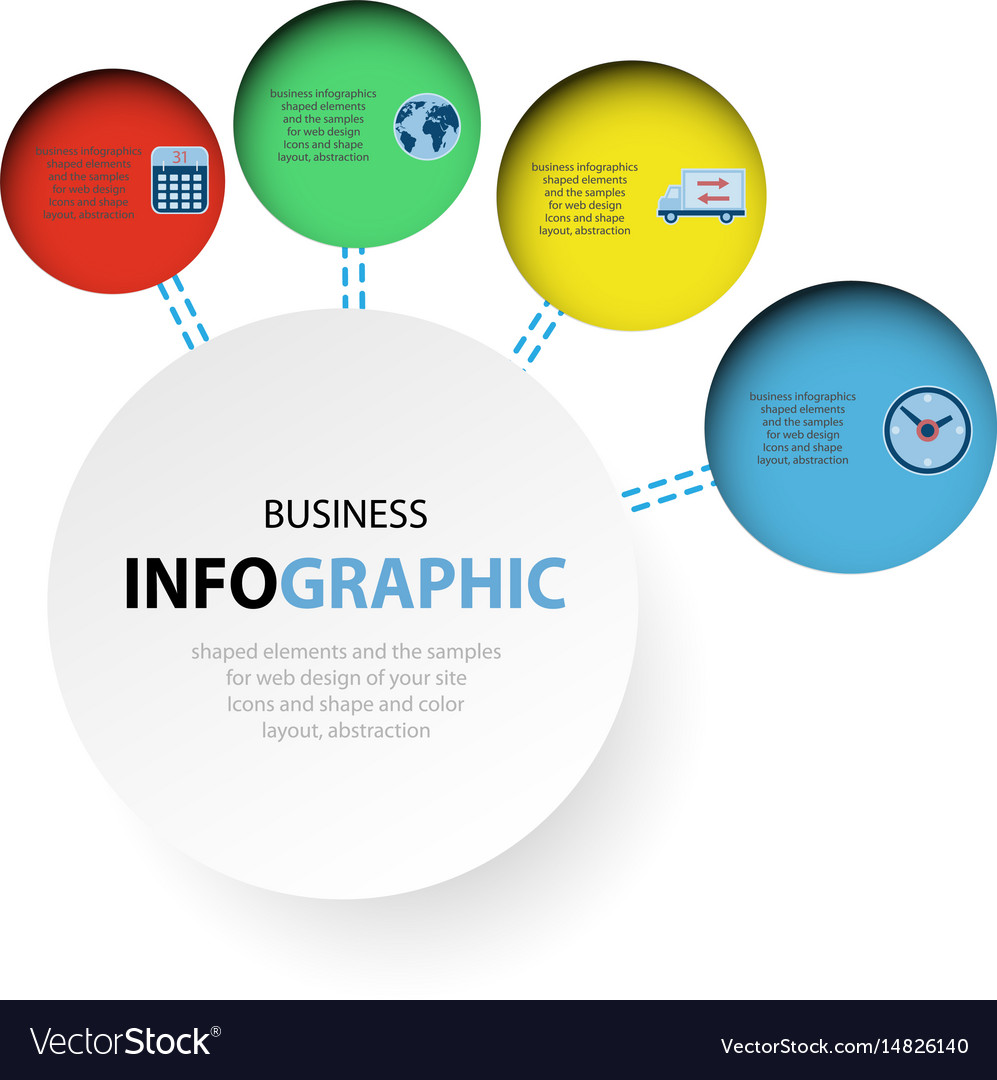Eager To Find Exactly How Internet Site Design Has Changed Gradually? Dive Into The Advancement From Simplicity To User-Focused Experiences
Eager To Find Exactly How Internet Site Design Has Changed Gradually? Dive Into The Advancement From Simplicity To User-Focused Experiences
Blog Article
Material Writer-Kahn Clarke
In the past, internet sites were basic and concentrated on details. Navigating was direct, and design was for desktop computers. Currently, individual experience is vital. Data overviews styles for simple navigating. Responsive formats suit various tools. Today, dark setting minimizes stress, and minimal menus boost navigation. Interactive functions involve individuals, and strong visuals attract attention. AI integration enhances engagement. See just how layout has evolved to enhance your on the internet journey.
Very Early Days of Web Design
In the very early days of website design, simplicity preponderated. Websites were standard, with restricted colors, fonts, and formats. The focus was on providing information as opposed to fancy visuals. visit the next web site accessed the internet via sluggish dial-up links, so rate and performance were key.
Navigating food selections were straightforward, usually located on top or side of the page. Web sites were developed for computer, as mobile browsing wasn't yet common. Web content was king, and developers focused on easy readability over complex style aspects.
HTML was the primary coding language made use of, and designers needed to function within its restraints. Computer animations and interactive features were marginal contrasted to today's requirements. Sites were fixed, with little vibrant content or personalized individual experiences.
Increase of User-Focused Design
With the evolution of website style, a change in the direction of user-focused design concepts has actually ended up being significantly noticeable. Today, developing web sites that focus on customer experience is important for involving visitors and achieving organization objectives. User-focused layout entails recognizing the demands, choices, and habits of your target market to customize the internet site's design, content, and features as necessary.
Designers currently carry out comprehensive research study, such as individual surveys and use screening, to collect understandings and feedback directly from customers. This data-driven approach aids in creating intuitive navigation, clear calls-to-action, and aesthetically enticing interfaces that resonate with visitors. By placing the customer at the center of the design process, web sites can deliver a more customized and pleasurable experience.
Responsive design has likewise emerged as a vital element of user-focused layout, ensuring that web sites are maximized for different tools and screen dimensions. This versatility boosts ease of access and use, accommodating the diverse methods customers communicate with web sites today. Basically, the rise of user-focused layout indicates a change towards developing electronic experiences that focus on the needs and expectations of the end user.
Modern Trends in Website Design
Check out the most up to date fads forming website design today. One prominent fad is dark mode layout, using a smooth and modern-day appearance while minimizing eye stress in low-light environments. Another key trend is minimal navigation, simplifying food selections and improving individual experience by focusing on essential elements. Including micro-interactions, such as animated switches or scrolling impacts, can develop an extra interesting and interactive internet site. Receptive design stays critical, guaranteeing seamless user experiences across numerous tools. Furthermore, making please click the following webpage of vibrant typography and asymmetrical designs can include aesthetic passion and accentuate details web content.
Incorporating AI modern technology, like chatbots for consumer assistance or tailored recommendations, improves individual interaction and streamlines procedures. Ease of access has also come to be a considerable pattern, with designers focusing on inclusive design techniques to satisfy diverse individual needs. Welcoming sustainability by optimizing site efficiency for rate and performance is one more arising pattern in website design. Teaming up with individual feedback and data analytics to repeat and improve style continuously is essential for staying pertinent in the ever-evolving electronic landscape. By accepting these modern fads, you can create a visually enticing, easy to use site that reverberates with your audience.
Conclusion
As you reflect on the evolution of site layout from the very early days to currently, you can see how user-focused layout has actually come to be the driving force behind modern-day fads.
Embrace the journey of adjustment and adjustment in web design, always maintaining the user experience at the forefront.
Tippingpointdigital
Stay present with the latest trends and innovations, and never stop progressing your technique to develop aesthetically spectacular and user-friendly internet sites.
Develop, adapt, and produce - the future of web design remains in your hands.
